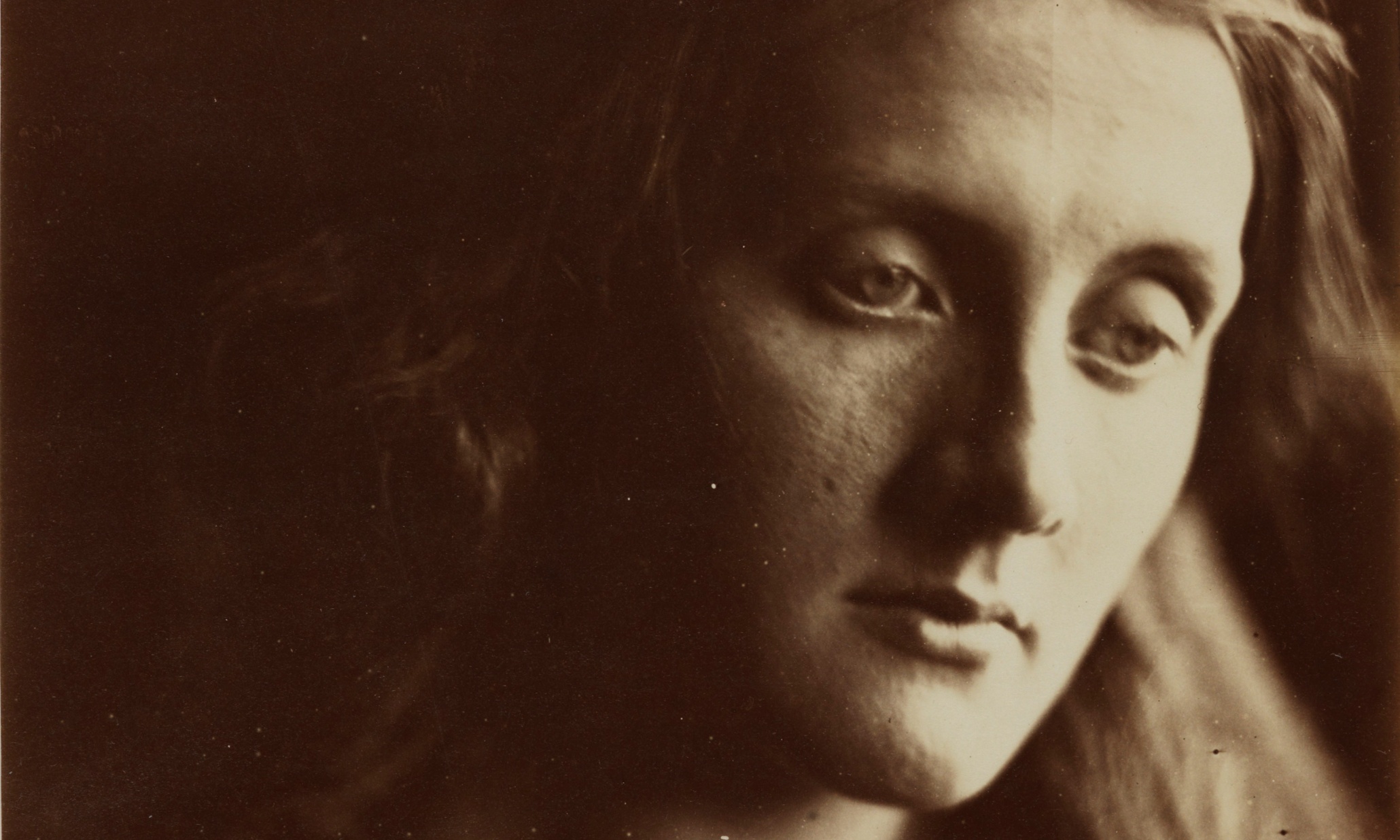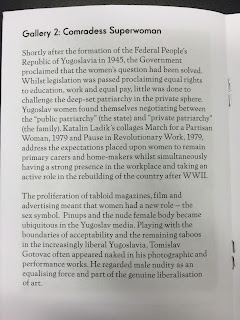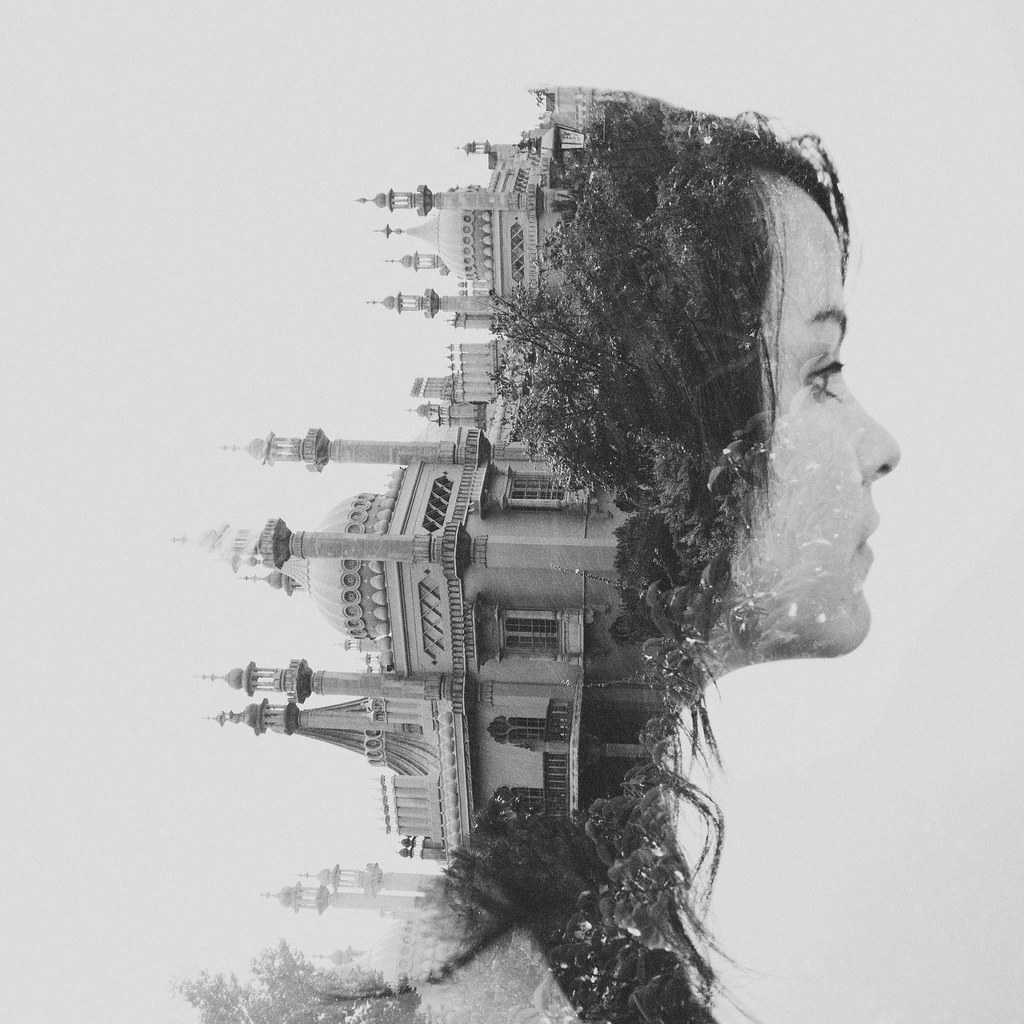The Photographers Gallery
THE EASTER RISING 1916 SEAN SEXTON COLLECTION
Barricade made from barrels, 1916 © Sean Sexton Collection
Countess Markievicz, c. 1915 © Sean Sexton Collection
Sackville St ruins, 1916 © Sean Sexton Collection
This exhibition investigates the significant role played by photography in informing the national consciousness that led to Irish independence, using the 1916 rebellion as a central focal point. It features approximately eighty rarely seen photographs and ephemera, including souvenir postcards, albums, stereoscopic views, press and military photographs.
The exhibition encompasses a broad range of photographic documents of key events during the transformative years between the 1840s and 1930s. These include portraits of executed leaders, scrapbooks, collages and images of rebellion sites collected as memorabilia. Issues of authenticity and manipulation are explored in images of evictions and military drills - possibly staged for the camera. The contribution of women as active participants in the Rising is also addressed, as well as the women who practiced photography early in its development.
These photographic documents were utilised both by those fighting for and against autonomy from Westminster. For Nationalists, eviction images provided tangible evidence of British oppression, while pictures of Ireland’s pre-colonial archaeological monuments and contemporary rural life bolstered nationalist sentiments.
Conversely, British authorities and the Unionists in Northern Ireland circulated images of the Ulster Volunteer Force and loyal Irish recruits fighting on the front lines of WWI. These images were used to quash rumours of German support for Irish independence and to pave the way for the potential introduction of conscription.
Due to the complicated, costly and cumbersome nature of photography, when the rebellion finally broke out on 24 April 1916, the action itself was largely undocumented. Most of the surviving images were taken in the immediate aftermath and nearly all concentrate on the hostilities in and around the General Post Office on O’Connell St (then Sackville St). These stark scenes depict a bombed-out shell of Dublin, routinely referred to pre-rebellion as ‘the second capital of the Empire’.
Following six days of fierce clashes in which hundreds were killed and injured, the largely outnumbered rebel militias surrendered. Martial law was imposed across Ireland and leaders of the uprising were summarily executed. Before long their portraits, alongside photos of the site of execution in the prison yard at Kilmainham Jail, became widely available and informed a fresh groundswell of support for the Republican movement.
Subsequently, and in the brief lead up to the Civil War, photography played an extraordinarily powerful role in establishing archetypes such as the hunger striker, rebel, martyr, traitor and spy, while also elaborating on the Nationalists’ narratives which informed the new Irish Free State.
The exhibition encompasses a broad range of photographic documents of key events during the transformative years between the 1840s and 1930s. These include portraits of executed leaders, scrapbooks, collages and images of rebellion sites collected as memorabilia. Issues of authenticity and manipulation are explored in images of evictions and military drills - possibly staged for the camera. The contribution of women as active participants in the Rising is also addressed, as well as the women who practiced photography early in its development.
These photographic documents were utilised both by those fighting for and against autonomy from Westminster. For Nationalists, eviction images provided tangible evidence of British oppression, while pictures of Ireland’s pre-colonial archaeological monuments and contemporary rural life bolstered nationalist sentiments.
Conversely, British authorities and the Unionists in Northern Ireland circulated images of the Ulster Volunteer Force and loyal Irish recruits fighting on the front lines of WWI. These images were used to quash rumours of German support for Irish independence and to pave the way for the potential introduction of conscription.
Due to the complicated, costly and cumbersome nature of photography, when the rebellion finally broke out on 24 April 1916, the action itself was largely undocumented. Most of the surviving images were taken in the immediate aftermath and nearly all concentrate on the hostilities in and around the General Post Office on O’Connell St (then Sackville St). These stark scenes depict a bombed-out shell of Dublin, routinely referred to pre-rebellion as ‘the second capital of the Empire’.
Following six days of fierce clashes in which hundreds were killed and injured, the largely outnumbered rebel militias surrendered. Martial law was imposed across Ireland and leaders of the uprising were summarily executed. Before long their portraits, alongside photos of the site of execution in the prison yard at Kilmainham Jail, became widely available and informed a fresh groundswell of support for the Republican movement.
Subsequently, and in the brief lead up to the Civil War, photography played an extraordinarily powerful role in establishing archetypes such as the hunger striker, rebel, martyr, traitor and spy, while also elaborating on the Nationalists’ narratives which informed the new Irish Free State.
http://thephotographersgallery.org.uk/easter-rising-1916-2
This exhibition really interested me I took the time out to go around and read and examine each photograph. It interested me of how it documented something so powerful and strong, the way in which they were taken and how they have presented the images gave you an understanding and almost a sense of actually being there experiencing it for your self.
SAUL LEITER
It seems remarkable that Saul Leiter (1923-2013) is only just beginning to acquire significant mainstream recognition for his pioneering role in the emergence of colour photography.
He moved to New York intent on becoming a painter, which he continued in parallel with his photography, yet ended up working for magazines such as Harper's Bazaar, Elle and British Vogue and became known for his fashion work.
As early as 1946, and thus two decades before the 1970s new colour photography school (William Eggleston, Stephen Shore et al), Leiter was using Kodachrome colour slide film for his free artistic shots, despite it being despised by artists of the day. Instinctively for him, colour was the picture.
"I don't have a philosophy, I have a camera." Saul Leiter
An iconoclast who pursued his vision through signature framing devices, bold hues and relective surfaces, Leiter manages to transform seemingly ordinary street scenes in close proximity to his New York apartment into visual poetry.
Taxi, c 1957 © Saul Leiter Courtesy Howard Greenberg Gallery, New York

Snow, 1960 © Saul Leiter Courtesy Howard Greenberg Gallery, New York
Saul Leiter: Purple Umbrella, Paris, 1950s
Saul Leiters exhibition really inspired me his work with the colourful abstract like images really stood out for me. The injection of colour of inanimate objects or parts of the objects give the image a mystery about it.
My favourite image of which was on display is the Purple Umbrella:
The way in which he thought not to photograph the whole umbrella or include the person holding leaves part of the image to your imagination. Hes chose to have a shallow with the part of the umbrella the only thing in focus, by framing this way and using the settings he has gives the image a new dimension. Something so simple but so effective in the way it captures the viewers eye. The size his images were presented got me thinking about the sizes and structures I want to use for my own project to display. Big images framed with the mount window are much more effective than smaller images framed in an exhibition, I was drawn to the bigger sized images on display rather than the smaller ones although them images were still fine.
NATURAL HISTORY MUSEUM
Wildlife Photographer Of The Year 2015-2016 Exhibition
From intimate portraits to layered motion stills, the award-winners will blend startling visuals, compelling narratives, and a passion for the natural world.
The exhibition will feature more than 100 images exhibited on sleek back-lit photographic panels, creating a uniquely cinematic effect amid the splendour of the Waterhouse Gallery's Victorian architecture.
Look out for your chance to choose your own Wildlife Photographer of the Year winner with our People’s Choice vote, also launching 16 October. http://www.nhm.ac.uk/visit/wpy/visit/exhibition.html 29.03.2016
Wildlife Photographer of the Year 2015
Grand title winner
Don Gutoski, Canada
Don, an accident and emergency doctor, enjoys de-stressing on his 40-hectare piece of land in Canada, which he keeps completely wild. Nature has always been one of his passions, and his fascination with photography started in his teens. He enjoys travelling the world, seeing incredible wildlife, and the challenge of recording these moments. Canon EOS-1D X + 200-400mm f4 lens + 1.4x extender at 784mm; 1/1000 sec at f8; ISO 640.
WINNER
10 Years and Under
Julia Margaret Cameron 11 June 1815 Calcutta – 26 January 1879 Kalutara, Ceylon) was a British photographer. She became known for her portraits of celebrities of the time, and for photographs with Arthurian and other legendary or heroic themes.
Cameron's photographic career was short, spanning eleven years of her life (1864–1875). She took up photography at the relatively late age of 48, when she was given a camera as a present. Her style was not widely appreciated in her own day: her choice to use a soft focus and to treat photography as an art as well as a science, by manipulating the wet collodion process, caused her works to be viewed as "slovenly", "mistakes" and bad photography. She found more acceptance among pre-Raphaelite artists than among photographers. Her work has had an impact on modern photographers, especially her closely cropped portraits. Her house, Dimbola Lodge, on the Isle of Wight is open to the public.









































